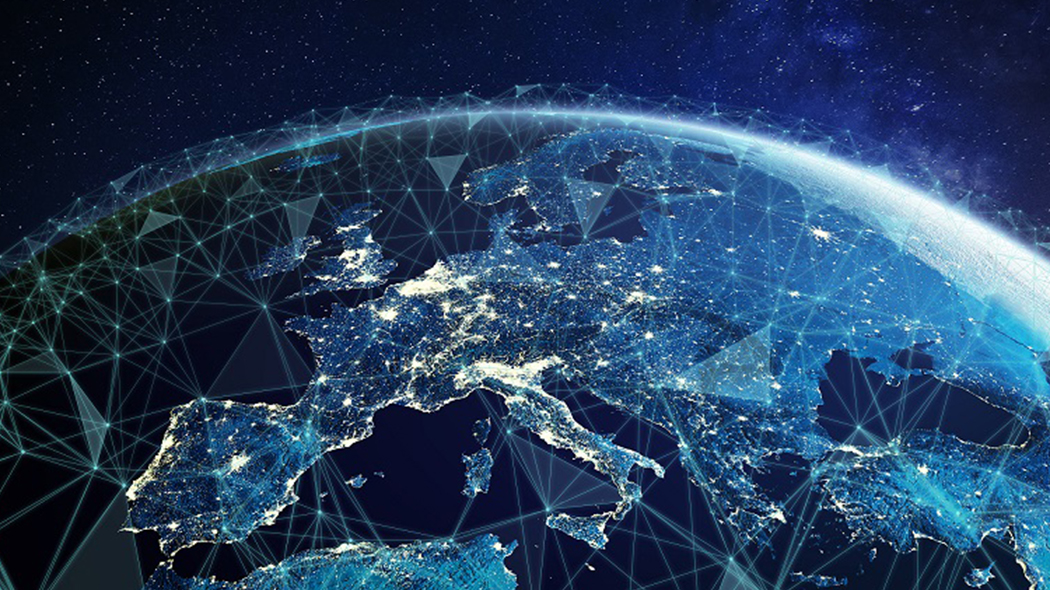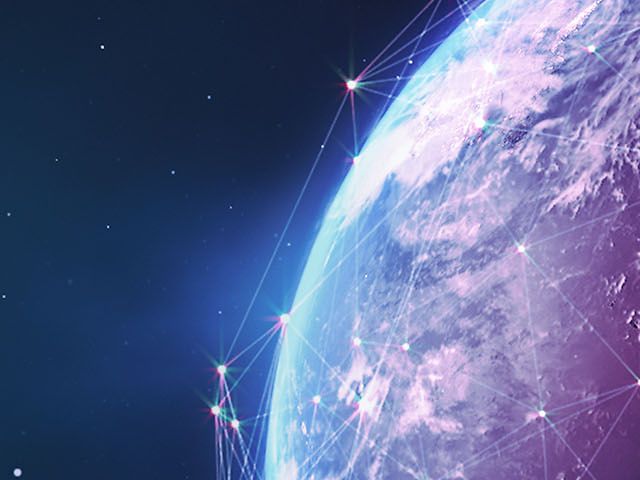What is the Internet of Things?
13.02.2023 by Annalena Rauen

Turbolader: IoT in the Automobile Industry
In my view the automotive sector derives most benefit from the new opportunities that the IoT offers. That is where the technology has been most widely developed, which enables us as providers and the industry as users to scale especially effectively. For automobile manufacturers the IoT has long made transparent supply chains, more efficient transportation routes and predictive maintenance a reality. Drivers and passengers benefit too. The automobile as a moving 5G router provides seamless connectivity and constant improvements in sensor technology will tend to make autonomous driving a reality in the short rather than in the long term. That is where innovative, IoT-assisted positioning systems like Precise Positioning play a role.
In general I anticipate a real leap in consumer benefit from automotive IoT in the areas of safety and comfort. In the Connected Car networked cameras recognize cyclists, red lights and construction sites. All passengers enjoy perfect WLAN and control on-board functions by means of the speech assistant. The driver knows well in advance where the next battery charger is and how much the electricity costs there. And if a repair is required the garage will be delighted with all the IoT data that helps with the solution. All of this is not just the shape of things to come; the instruments are already available.
Know-where: IoT in Transportation and Logistics
Is bad weather delaying air freight? Are the vehicle or driver not available after all? Is the exact location of swap bodies or containers unknown? IoT sensor data helps logisticians to keep track of their goods flows, find out how reliable their supply chain really is and then respond flexibly. Networked sensor technology enables them to keep a remote eye on their merchandise to locate it and to monitor temperatures. Remote monitoring of temperature is especially advantageous for shipments of foodstuffs, pharmaceuticals and other temperature-sensitive products. Sensors can not only sound the alarm if the cold chain has been interrupted and fruit and vegetables threaten to perish; IoT technology can also regulate temperatures directly. That ensures fewer losses and more sustainability in the supply chain. Concepts like just-in-time delivery can be implemented better thanks to the Internet of Things and the data collected.
Intelligently Supplied: IoT in the Energy Industry
The energy industry’s strongly service-related processes likewise benefit from connected devices and collected data. For smart grids public-sector providers use IoT applications to identify supply outages at an early stage. Or to respond to changes brought about by the new energy mix of more and more wind, solar and private feed-ins. Consumption and production data enables energy utilities to assess supply requirements and calculate outages even more accurately in even greater detail. Smart meters make on-site meter reading superfluous and energy saving easier because usage is transparent 24/7. That saves money and helps the environment, so the IoT can also help convert ordinary buildings into smart buildings.
Healthy and Smart: IoT in the Healthcare Sector
From wheelchairs and walkers to respirators, medical devices and care aids are often expensive. Equipped with IoT sensors they help physicians and nursing personnel to maintain an overview of inventories and when needed to find available devices faster. That certainly makes asset management easier for hospitals, but I see the greatest influence of the Internet of Healthcare Things (IoHT) not in hospitals but in remote health monitoring. That means remote healthcare at home. The technology can help patients to recover in familiar surroundings while relieving pressure on bed management at hospitals and on nursing care. IoT devices such as wearables (wearable pulse monitors) or smart drinking cups that regularly remind patients to drink liquids are safety factors. They also enable insurers and patients to agree on more individual tariffs. Back at the clinic – thinking ahead – the IoHT and telemedicine join forces in robotics.




